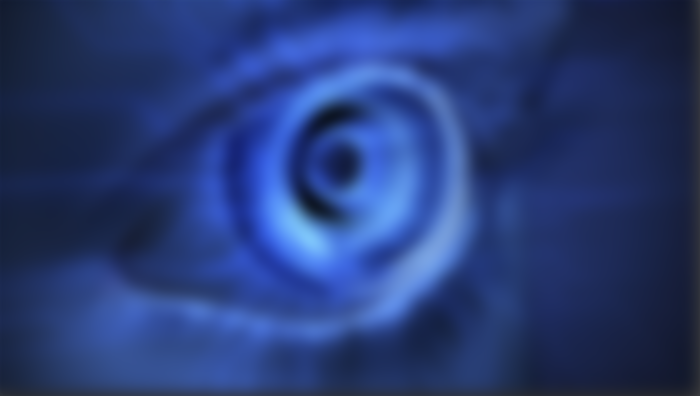The 7th speech of the Toastmasters CC handbook asks the speaker to investigate a topic he is not an expert in, and explain it within 7 minutes, adding visuals and data. The aim here is that the speaker has a basic claim, research and data support this and a conversation emerges. I saw other examples made here and I decided to push myself a little bit more. I said, let me investigate the "evolution of the eye".

Why the evolution of the eye. First of all, there is a subject that gets deeper as we go into it, it has amazing sub-layers. As evolutionary biology describes the evolutionary process of any organ, you are astonished at the details that emerge. Here, for example, how wonderful it is to explain the evolution of the eye of today's human eye in stages from a single-celled light-sensitive creature… That's why we love science and support its spread.

Richard Dawkins explored this subject early in his career, even describing the transitions during the evolution of the eye for reasons. Again, I watched videos on youtube explaining the subject very well. I also tried to make the visuals clean and understandable. Thanks to my friend Rozanes who did almost all the work on this subject.
And again, a section with discussions and iterations. At the beginning of the conversation, I asked everyone to gather their "prejudices, established ideas, religious thoughts" and put them on the "shelf". Then I said "now I have an excellent audience in front of me, ready to listen to anything."

At the end of my speech, when I was doing this “package” move back that we had put on the shelf at first, I said “Stop! Imagine… If the package you put on this shelf is always there, when you encounter new people, new ideas and new structures, if this package is always outside, if you meet these innovations in your life with an open mind, would the world be a better place? "
The human eye is a great mechanism. It can detect anywhere from a few photons to direct sunlight, or change its focal point from the screen in front of it to the far horizon in a third of a second. In fact, the structures required for such incredible flexibility were once considered so complex that even Charles Darwin himself admitted that the idea that the eye evolved seemed as absurd as possible; but the evolution of the eye began more than 500 million years ago.
The eyes that look similar to cephalopods that have evolved independently have a forward-facing mesh layer that allows them to see without blind spots. The eyes of other creatures show different adaptations. Anableps, called four-eyed fish, have eyes divided into two sections for peering above and below the water. It is perfect for seeing both their predators and their prey. Classically nocturnal cats, cats evolved with a reflective layer. This layer maximizes the amount of light that the eye can perceive, providing excellent night vision as well as a cat eye glow. These are just a few examples of the wide variety of eyes in the animal kingdom.

If you could make an eye design, would you do it differently? This question is not that strange. Nowadays, doctors and scientists are researching different eye structures to design biomechanical implants to help the visually impaired. In the not too distant future, machines made with the precision and flexibility of the human eye could even go beyond its own evolution.



